We’ve all heard of the zodiac and ‘star signs’, whether we believe in the latter or not.
But some may not know that the signs of the zodiac are real constellations in the night sky, just waiting to be observed and explored.
Here we'll ignore star signs, horoscopes and astrology, and instead give you a scientific, astronomical stargazer's guide to the zodiac constellations and the best things to see within them.
New to stargazing? Get weekly advice by signing up to receive our free e-newsletter
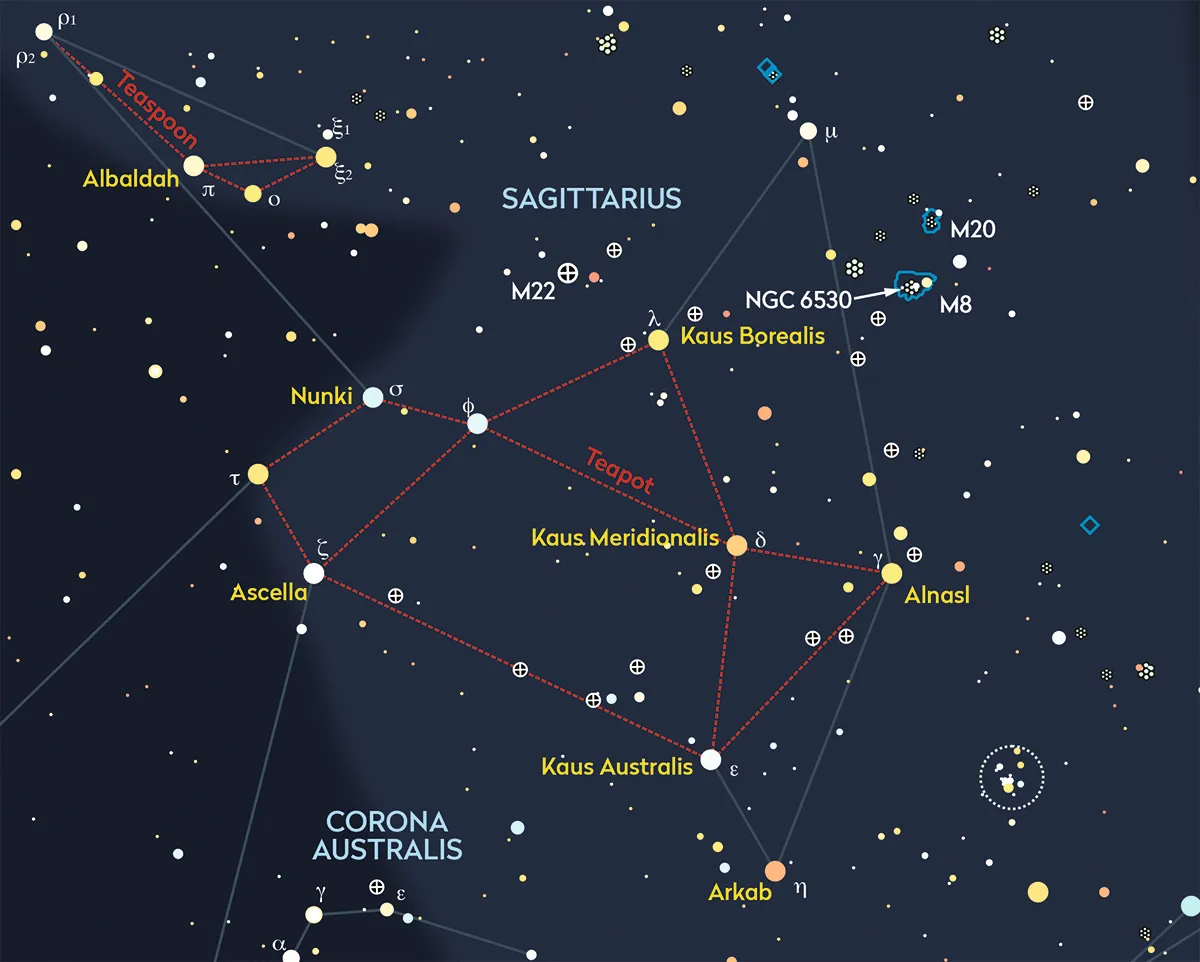
Why we have the zodiac
The origins of the zodiac lie in early civilisations that relied on the movement of the Sun, Moon, planets and stars to mark the passage of time.
Our ancestors realised the Sun and planets passed through a small group of constellations along an imaginary line known as the ‘ecliptic’, which is the plane of the planets’ orbit around the Sun, as seen from Earth.
The ancient Greeks called this the zodiac, meaning ‘circle of little animals’ because most of these constellations were named after animals.

In astrology, the zodiac is divided into 12 ‘signs’, but in astronomy we know the Sun actually moves through 13 constellations over the year (the ‘extra’ one being Ophiuchus) and most are visible for several months.
They climb the dawn twilight in the east and are visible earlier each night as they move westwards until, months later, they sink into evening twilight in the west.
As a result, the path the Sun takes during a year appears to be moving backwards against the zodiac, as you can see in our chart below.

Due to precession – the slow change in the direction of Earth’s rotational axis – the Sun no longer travels through them on the same dates as it did when the signs were first assigned.
Let’s take an astronomer’s tour of the real zodiac – the 13 constellations and the best night-sky targets to see in them.
In this guide, we'll talk about stellar magnitude, which describes how bright a star appears from Earth.
Aries

- Best time to see: September to February
- Sun transits this sign: 19 April–14 May
In mythology, Aries has represented a ram since late Babylonian times. It’s a relatively faint constellation with just four bright stars.
The brightest, Hamal, is an evolved giant star that shines at magnitude +2 (mag. +2).
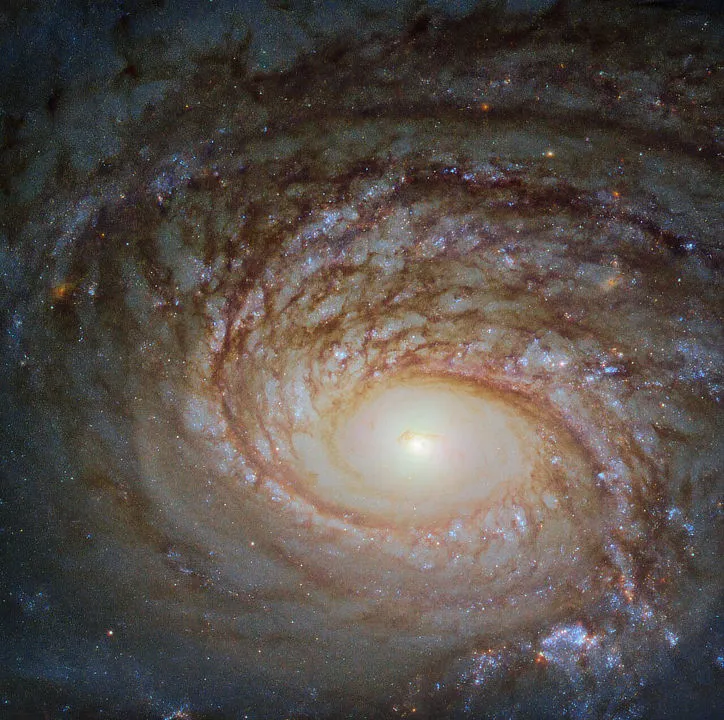
The mag. +3.6 star Bharani lies at the bottom of a triangle-shaped star pattern that formed the old constellation Musca Borealis, the Northern Fly.
Aries contains the spiral galaxy NGC 772, which is observable with amateur telescopes, plus lots of fainter galaxies.
It houses the meteor shower radiants – the region in the sky that meteors appear to come from – for two daytime showers, the Arietids and Delta Arietids.
Taurus

- Best time to see: September to March
- Sun transits this sign: 14 May–21 June
Depictions of Taurus as a bull date back to around 15,000 BC, and the bull is present in many cultures’ ancient mythology.
The brightest star is the red giant Aldebaran, which has a magnitude range of +0.75 to +0.95.

The distinctive V-shaped Hyades cluster and stunning open cluster Messier 45, the Pleiades, are visible with the naked eye but binoculars reveal many more stars.
Taurus has plenty of smaller clusters, including NGC 1674 and NGC 1746. Messier 1, the Crab Nebula, is the remnant of a supernova explosion recorded in the year 1054.
Taurus is also home to the Northern Taurids and Southern Taurids meteor shower radiants.
Gemini

- Best time to see: October to March
- Sun transits this sign: 21 June–20 July
Mythology associating Gemini with twins dates back to Babylonian times.
It’s a prominent constellation with 85 naked-eye visible stars. The brightest are the twins Castor and Pollux, which are mag. +1.6 and +1.14, respectively.
Although similar in magnitude, Castor is blue-white while Pollux is a red giant.
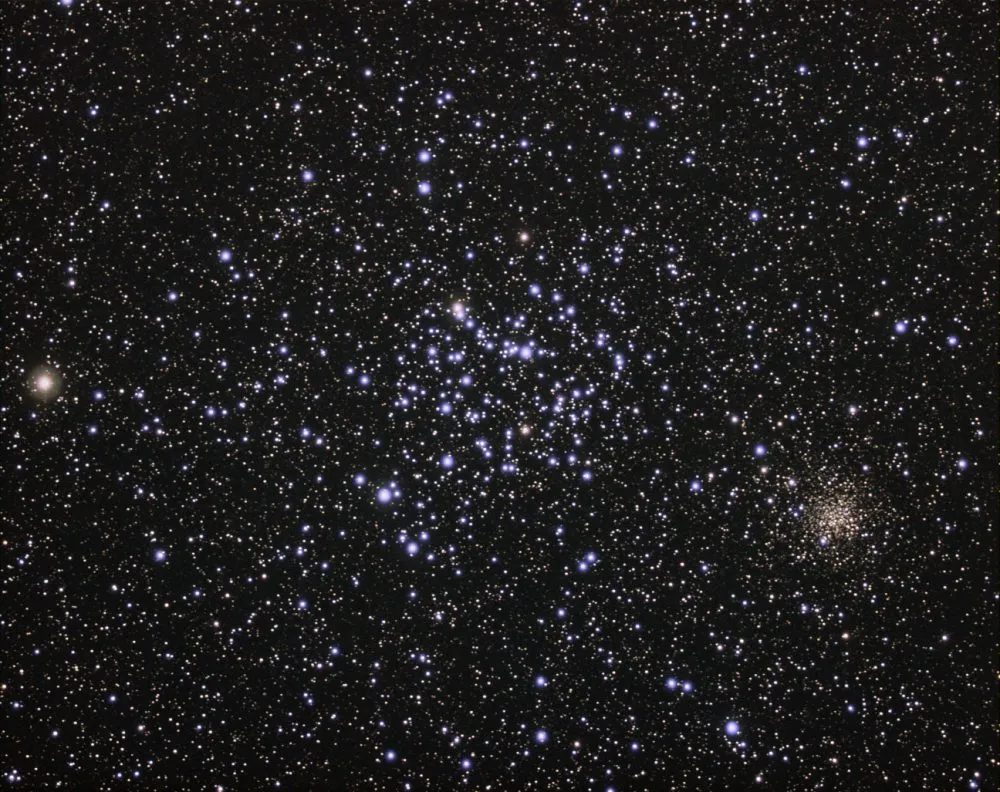
Gemini contains many open star clusters, the brightest being Messier 35, a cluster of 200 stars.
A smaller cluster, NGC 2158, lies south of it.
The radiant for one of the year’s best meteor showers, the Geminids, lies in Gemini, with the Orionids radiant also passing through.
Cancer

- Best time to see: November to April
- Sun transits this sign: 20 July–10 August
In Greek mythology, Cancer represents the crab killed by Hercules.
It is a dim constellation with only two stars above mag. +4. The brightest is the orange giant Tarf, a mag. +3.5 binary star.
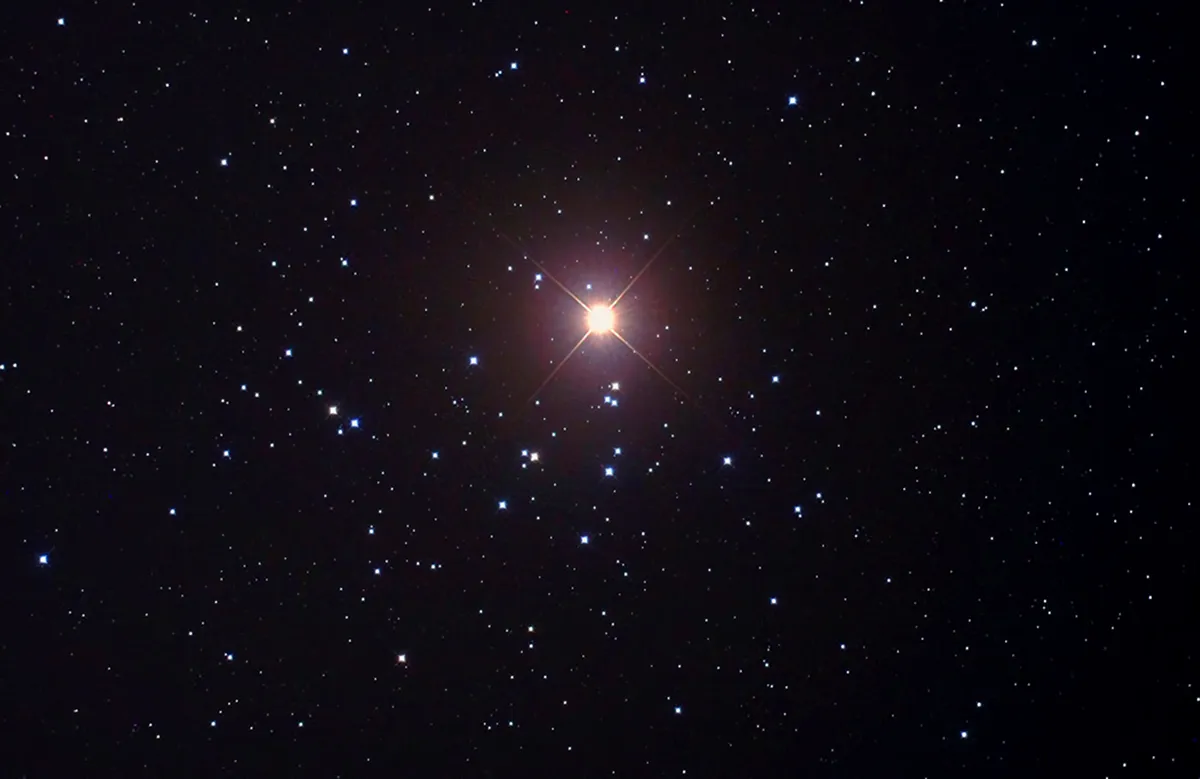
X Cancri is a variable carbon star with a magnitude range that fluctuates between mag. +5.52 and +7.50 over 193 days.
The highlight of this constellation is Messier 44, the Beehive Cluster, also known as Praesepe – meaning ‘manger’.
It contains around 1,000 stars spread across 1.5°, making it a stunning binocular object.
Leo

- Best time to see: December to April
- Sun transits this sign: 10 August–16 September
Leo is one of the oldest recorded constellations. In Greek mythology, it represents the lion killed by Hercules, with the Sickle star pattern often depicted as the lion’s mane.
It’s a prominent constellation and its brightest star, Regulus, is a mag. +1.34 blue-white double star; binoculars will resolve its mag. +7.7 companion.

Leo is packed with galaxies bright enough to be viewed with binoculars, the best known being the Leo Triplet comprised of M65, M66 and NGC 3628.
The radiant of the Leonid meteor shower lies in Leo.
Virgo

- Best time to see: February to May
- Sun transits this sign: 16 September–31 October
Mythology links Virgo – the largest of the zodiac constellations – with the goddess of wheat or a virgin holding the scales of justice (now the constellation Libra).
Its brightest star is Spica, a mag. +0.97 blue giant.
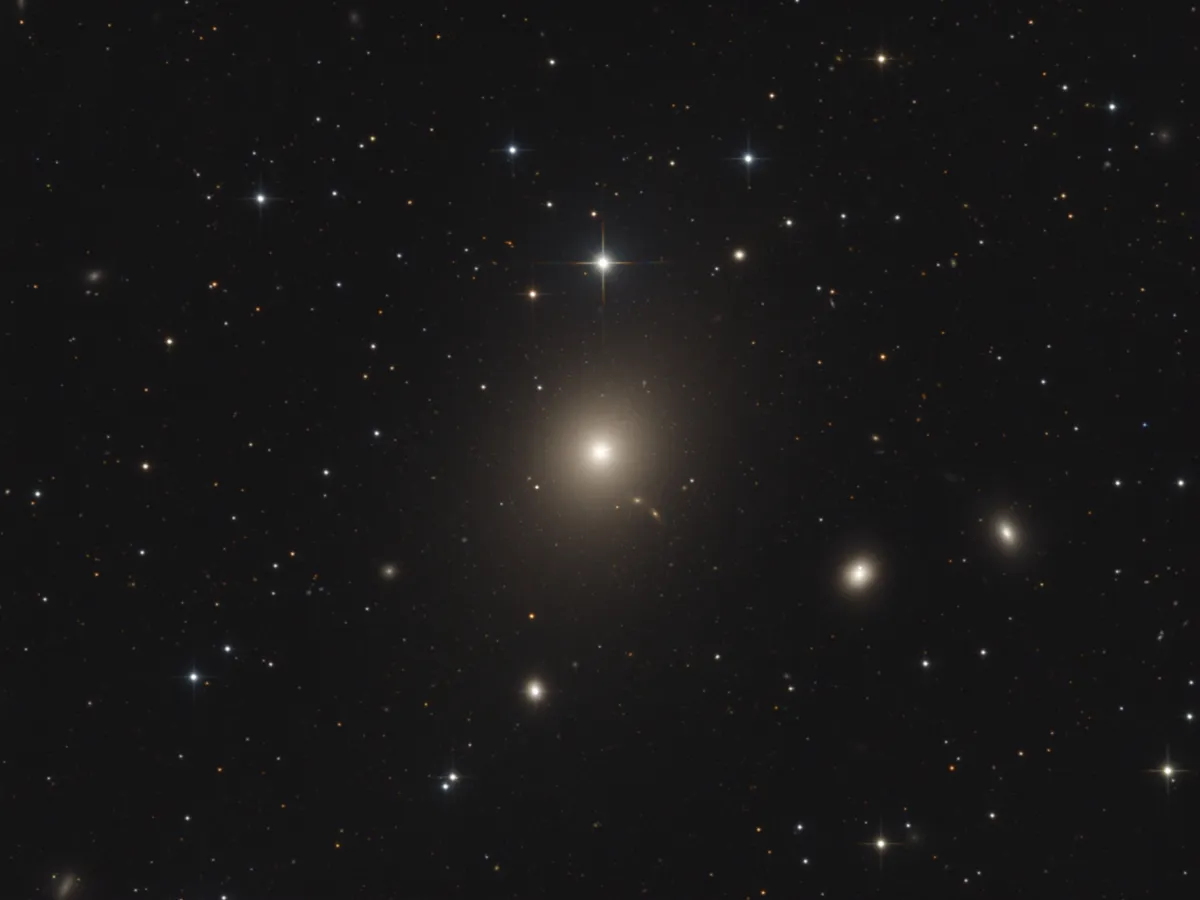
Virgo is home to the Virgo Supercluster, so it’s packed with galaxies! Messier 87 is a giant elliptical galaxy that dominates the Virgo–Coma galaxy cluster.
A string of galaxies known as Markarian’s Chain lies on the northern border – a wonderful binocular target.
Messier 104, the Sombrero Galaxy, is also well worth a look.
Libra

- Best time to see: May to July
- Sun transits this sign: 31 October–23 November
Libra, the scales, is the only zodiac constellation that represents an inanimate object.
Its brightest star is Zubenelgenubi, a mag. +2.7 multiple-star system, two stars of which can be resolved with binoculars.
Zubeneschamali is the second-brightest at mag. +2.6.

These names translate as Southern and Northern Claw, as they refer to the claws of the original Scorpius before astrologers divided them!
17 and 18 Librae are a beautiful colour-contrasting pair and the mag. +8.5 globular cluster NGC 5897 is a great binocular target.
Scorpius

- Best time to see: June and July
- Sun transits this sign: 23–30 November
In Greek mythology, Scorpius represents the scorpion that killed Orion.
Only the ‘claw’ can be seen from mid-latitudes. Its brightest star is orange Antares, a red supergiant whose name means ‘rival of Mars’.
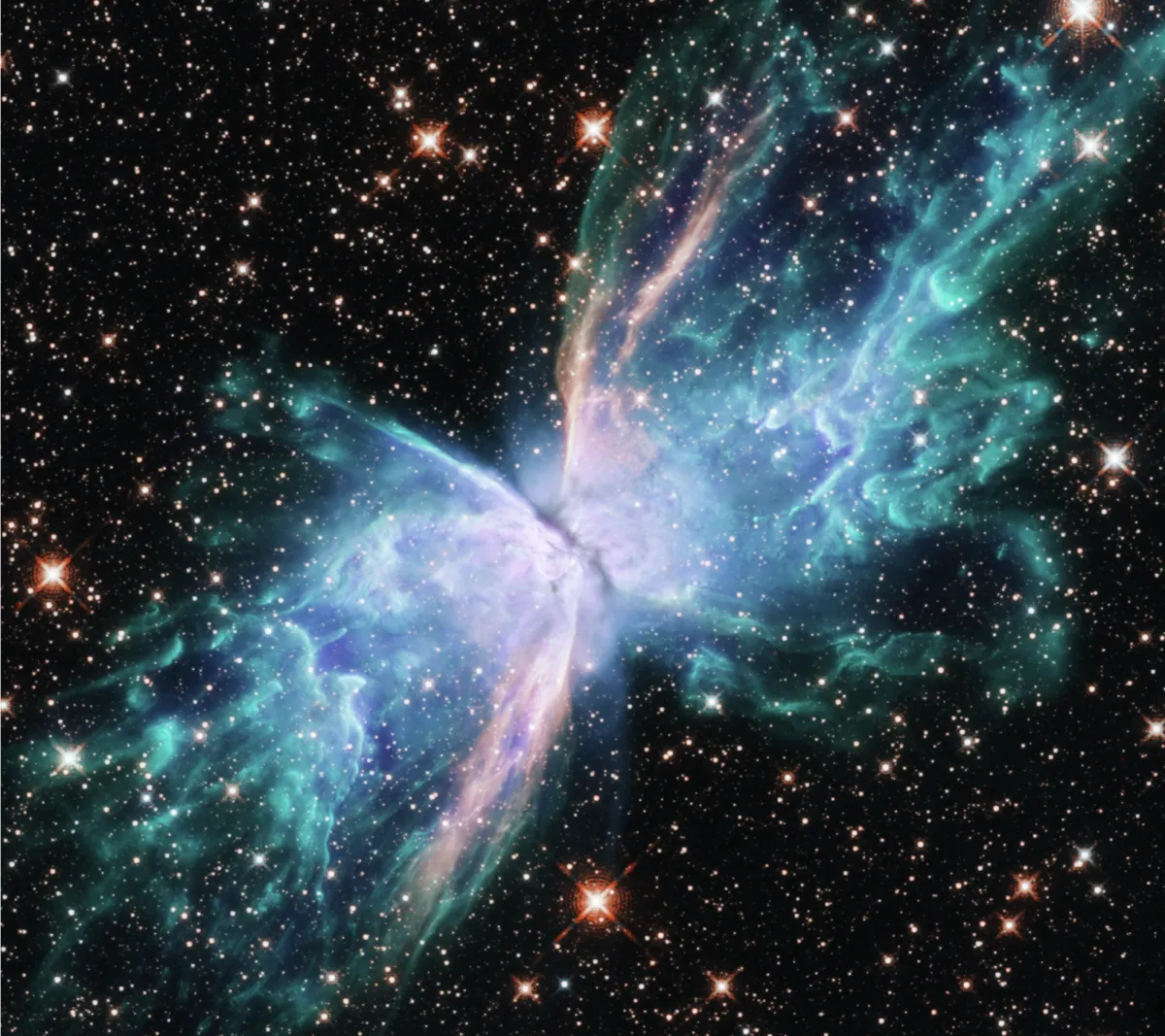
Scorpius is packed with deep-sky objects. Binoculars will reveal open clusters Messier 6 and Messier 7, and globular clusters Messier 4 and 8.
It also contains NGC 6302, the Butterfly Nebula, a stunning planetary nebula whose shape is a result of a dying star shedding its outer layers.
Ophiuchus

- Best time to see: May to July
- Sun transits this sign: 30 November–18 December
Ophiuchus, the ‘unofficial’ 13th member of the zodiac, is a figure often depicted holding a serpent. Its brightest star is the mag. +2 binary Rasalhague.

Ophiuchus is home to the Poniatowski’s Bull star pattern, resembling a miniature Hyades star cluster (the real Hyades being visible in Taurus).
IC 4665, the Summer Beehive Cluster, is a treat in binoculars, along with nine globular clusters, including Messier 9, 10, 12, 14, 19 and 62.
The southeastern corner contains the Dark Horse Nebula.
Sagittarius

- Best time to see: June and July
- Sun transits this sign: 18 December–20 January
In Greek myths, Sagittarius is depicted as a centaur drawing a bow. Its brightest stars form the Teapot star pattern, with the Milky Way rising like steam from its spout.
Brightest of all is Kaus Australis, a mag. +1.85 binary star system.
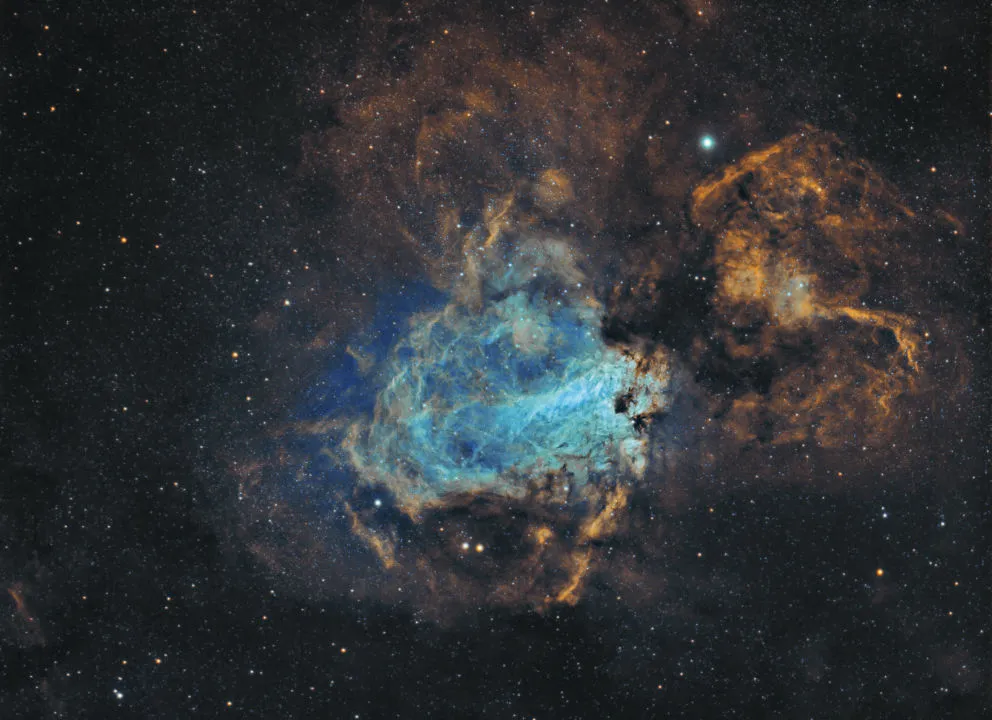
The large and small Sagittarius star clouds are visible from a dark-sky site.
Binoculars reveal many globular clusters, including the stunning Messier 22 and 28.
Photography targets include the Lagoon Nebula, Omega Nebula and Trifid Nebula.
Capricornus

- Best time to see: June to October
- Sun transits this sign: 20 January–16 February
Capricornus has had mythological associations since the Middle Bronze Age and it represents a goat–fish hybrid.
It’s faint, with only one star brighter than mag. +3: Deneb Algedi is a variable star whose magnitude ranges from +2.81 to +3.05 over a 24.5-hour period.

Beta Capricorni is a double star, a yellow mag. +3.1 primary star contrasting with a blue-white mag. +6 star.
Deep-sky objects are sparse, but Messier 30, the Jellyfish Cluster, is a stunning mag. +7.5 globular cluster that resembles jellyfish tentacles.
Aquarius

- Best time to see: July to November
- Sun transits this sign: 16 February–12 March
Aquarius is depicted in ancient Greek mythology as a figure carrying water.
It’s a faint constellation, its brightest star being magnitude +2.94 yellow supergiant Sadalmelik.
It’s home to two globular clusters: Messier 2 is mag. +6.5 and Messier 72 is fainter at mag. +9.3.

It also has two nice planetary nebulae: mag. +8 NGC 7009, the Saturn Nebula, so named because its faint structure resembles the planet Saturn with its rings; and NGC 7293, the Helix Nebula, the closest planetary nebula to Earth and visually the largest.
The Aquarius constellation is also home to the radiant points of three meteor showers: the Northern Aquariids, Southern Delta Aquariids and the Alpha Capricornids.
Pisces

- Best time to see: August to December
- Sun transits this sign: 12 March–19 April
The ancient Greek myths depicted Pisces as a pair of fish.
It is a large but faint constellation with only two stars brighter than mag. +4. Its brightest is Alpherg, a mag. +3.6 binary star system.
The Circlet star pattern lies over the head of one fish.
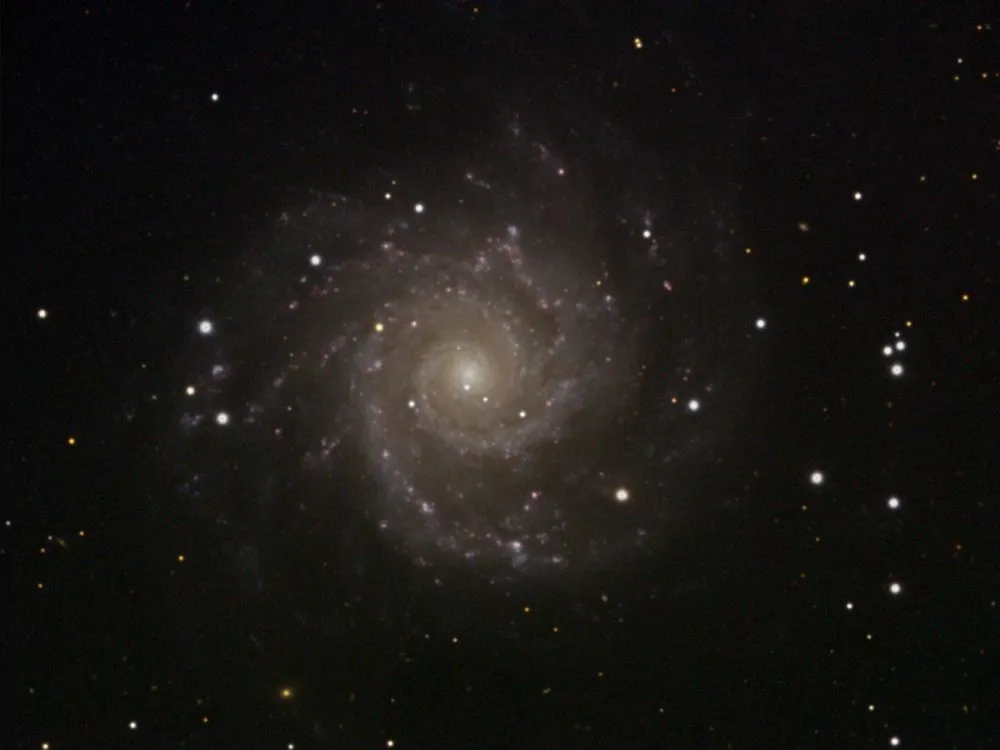
Colour-contrasting stars can be seen in the Pisces Parallelogram star pattern and the double-star system Mu Piscium.
Turning to Pisces’ galaxies, Messier 74 is a face-on spiral galaxy, but its low surface brightness makes it a challenging target to see well.
Pisces is home to many faint galaxies within galaxy clusters that make
for great targets for astrophotography.
What are your favourite zodiac constellations for observing? Let us know by emailing contactus@skyatnightmagazine.com

